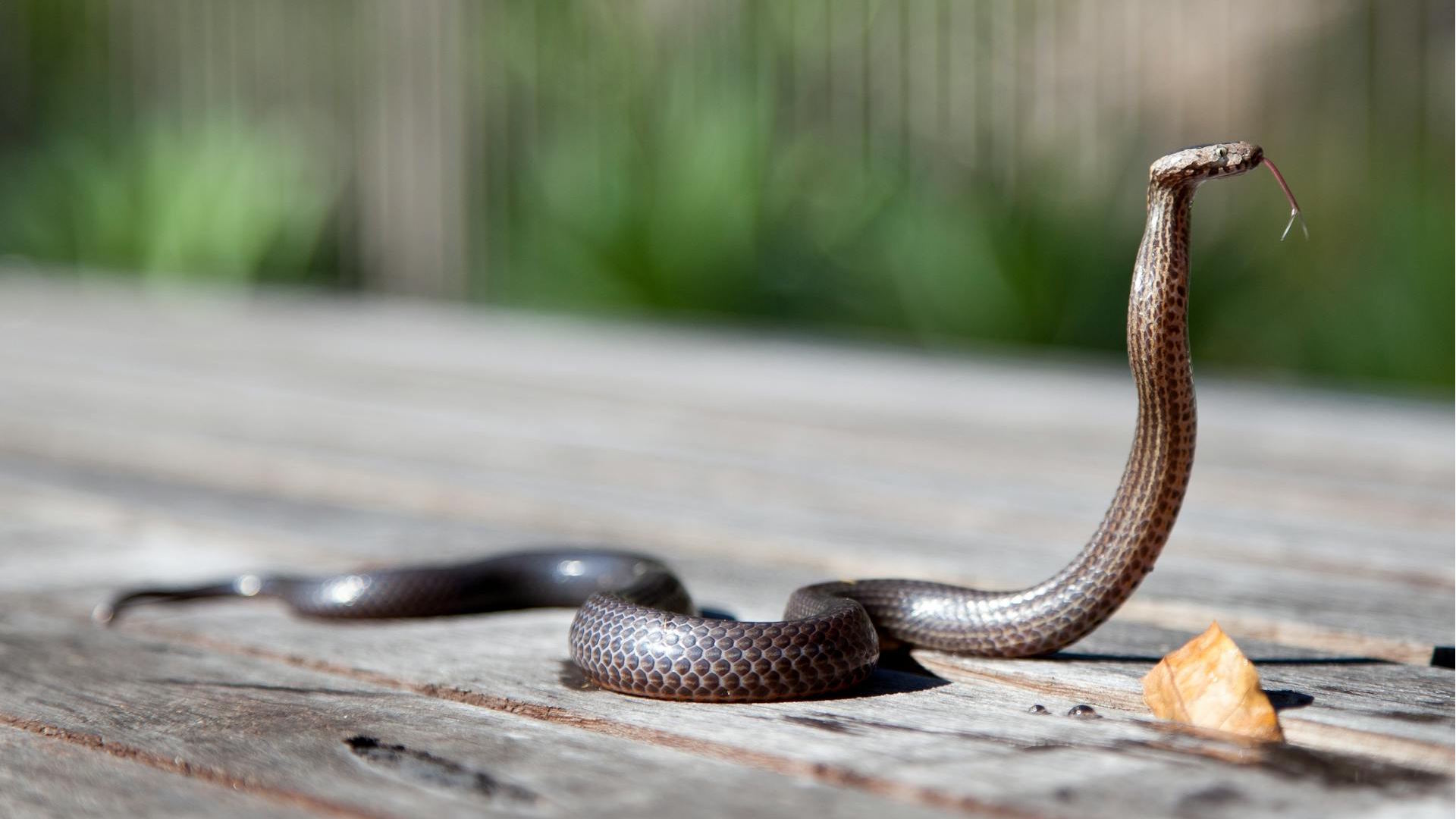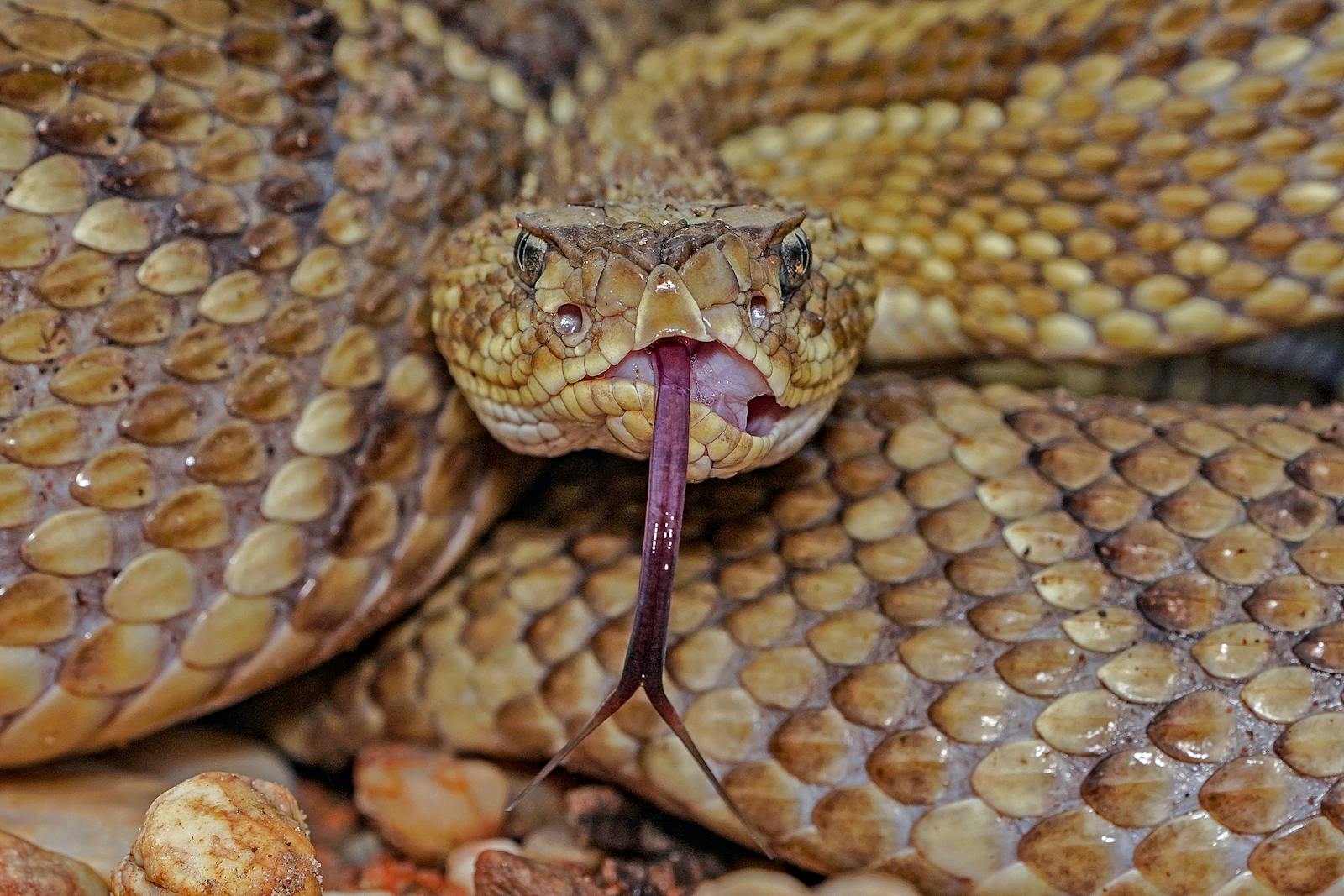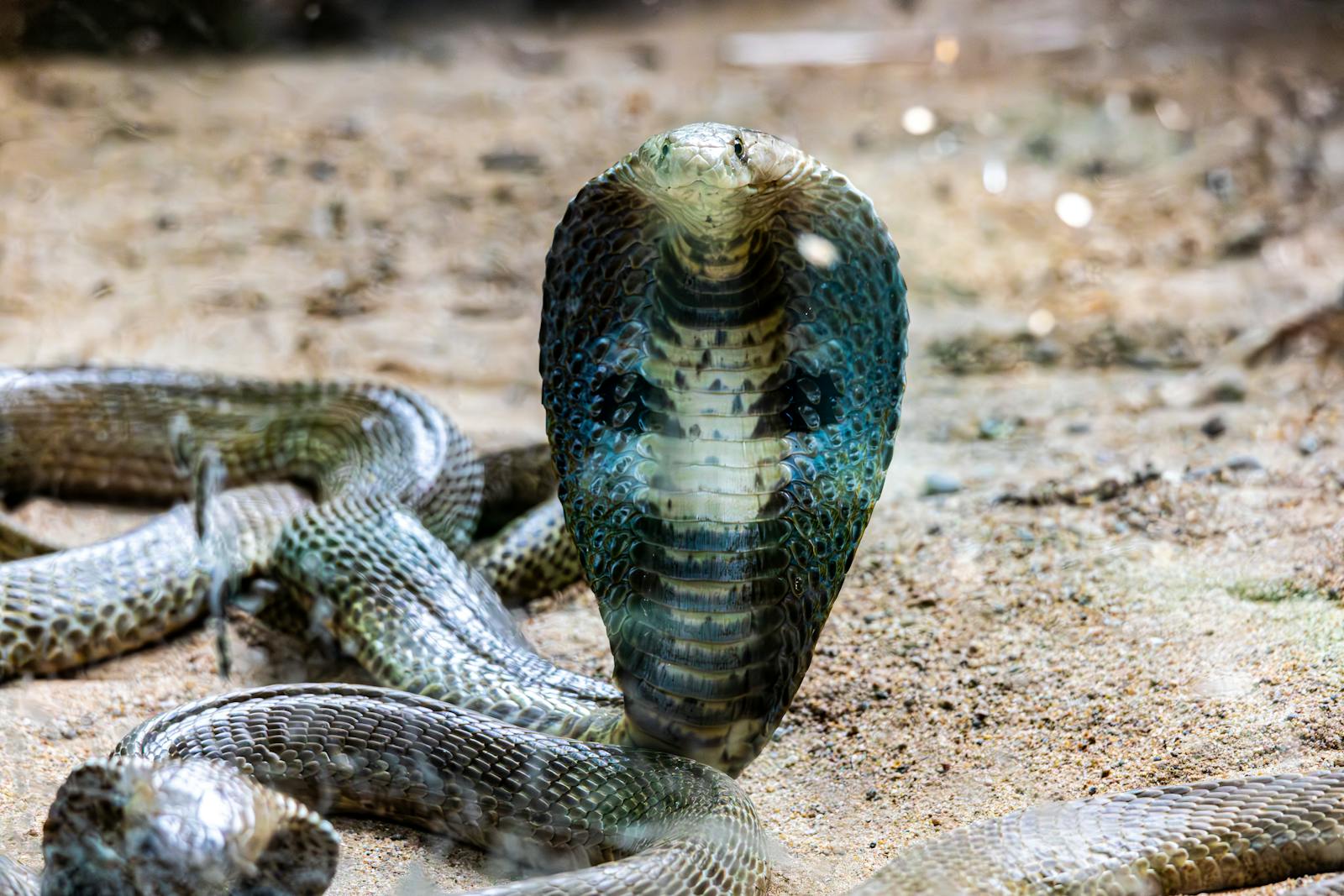The world of venomous snakes presents a fascinating spectrum of toxicity that has captivated scientists and naturalists for centuries. From the relatively mild bite of a copperhead to the potentially devastating venom of the inland taipan, these reptiles have evolved complex biochemical arsenals that vary dramatically in their potency and effects. This variation isn’t random—it reflects millions of years of evolutionary adaptation to specific ecological niches, prey types, and survival strategies. Understanding why some venomous snakes are more toxic than others offers valuable insights into evolutionary biology, ecological relationships, and even potential medical applications. This exploration of venom diversity reveals nature’s remarkable chemical ingenuity and the delicate balance between predator and prey in diverse ecosystems worldwide.
The Biochemical Nature of Snake Venom
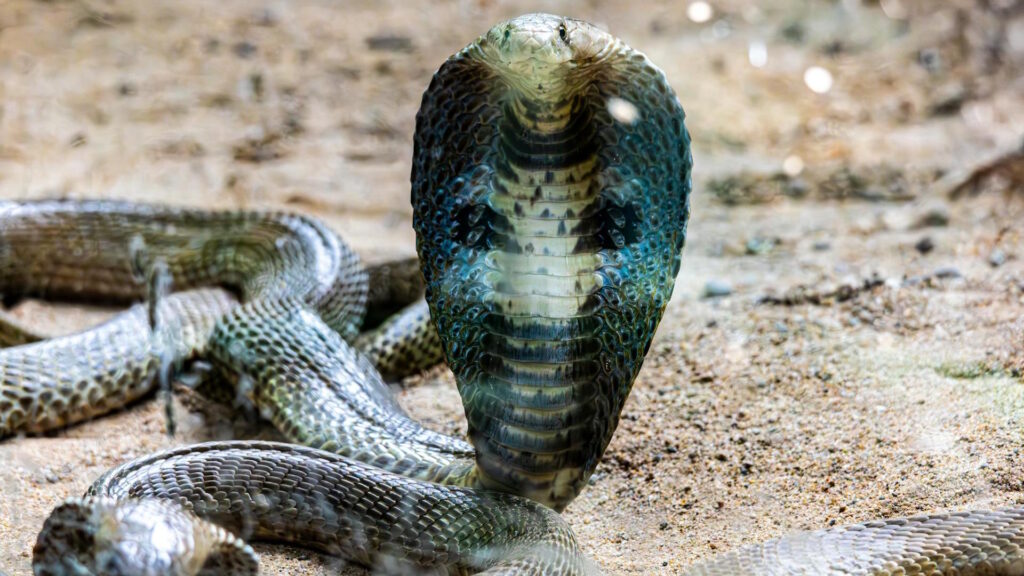
Snake venom is not a simple substance but rather a complex cocktail of proteins, enzymes, and other compounds specifically evolved to immobilize, kill, and digest prey. These sophisticated biochemical mixtures can contain over 100 different toxic components working in concert to create devastating effects. Some venoms are primarily hemotoxic, attacking blood and tissue, while others are neurotoxic, targeting the nervous system with remarkable precision. The specific composition varies tremendously between species and even within populations of the same species, creating a remarkable diversity of toxic effects. This biochemical complexity explains why treating snakebite victims often requires antivenom specific to the particular species responsible for the bite.
Measuring Venom Toxicity
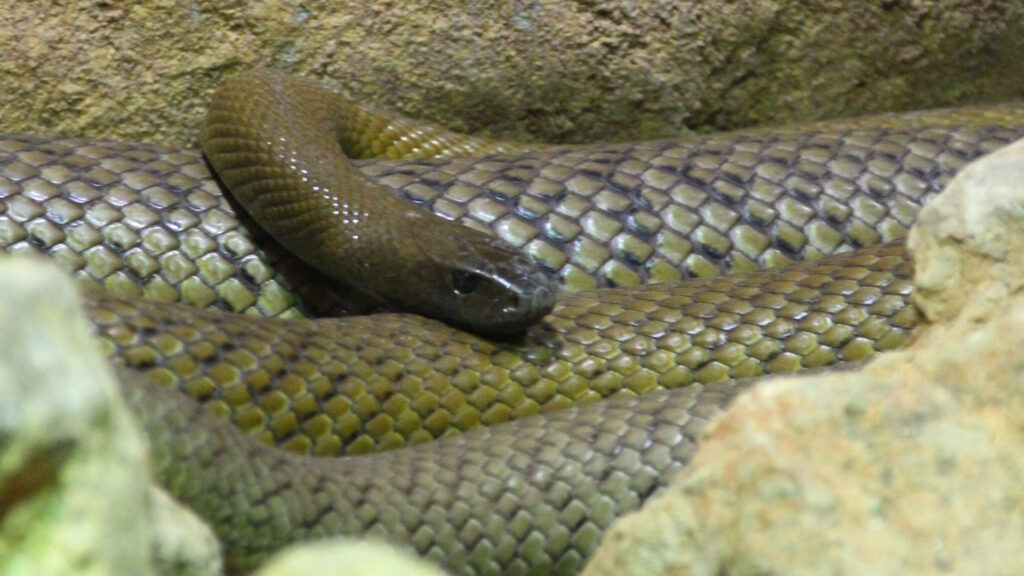
Scientists measure venom potency using a value called the LD50—the dose required to kill 50% of a test population, typically laboratory mice. The lower the LD50 value, the more potent the venom, with the most toxic snakes having values less than 0.1 mg/kg. This standardized measurement allows researchers to compare toxicity across different species objectively, though it comes with limitations since it doesn’t necessarily translate directly to human toxicity. The inland taipan of Australia, often considered the world’s most venomous terrestrial snake, has an LD50 value of just 0.01 mg/kg, meaning a minuscule amount can prove lethal. While these measurements provide valuable scientific data, they don’t always reflect real-world danger to humans, which depends on multiple factors beyond mere toxicity.
Evolutionary Drivers of Venom Potency
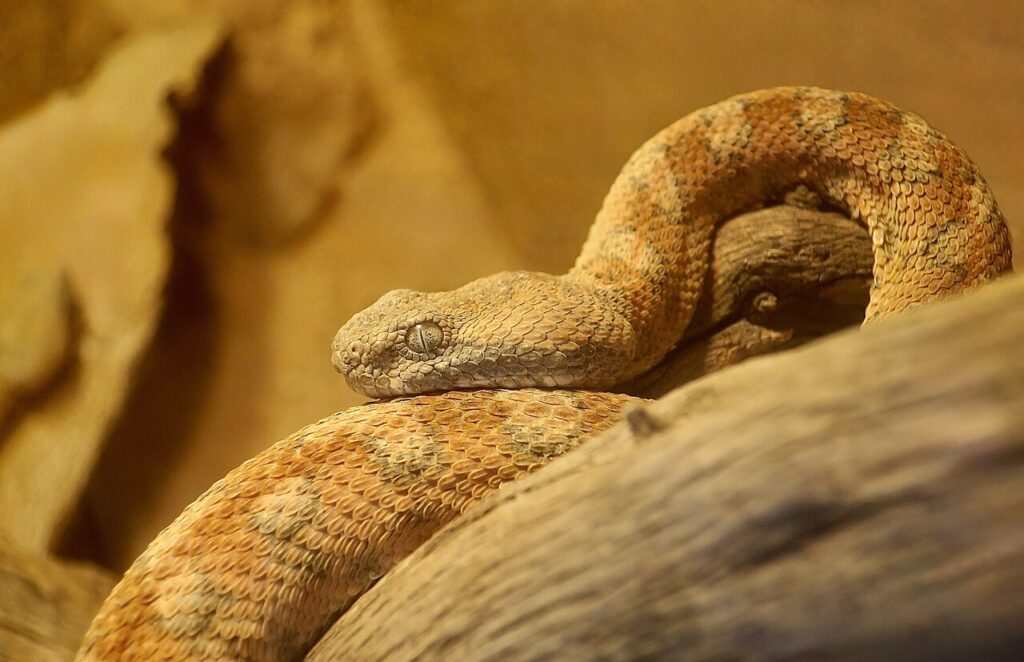
The incredible variation in venom toxicity across snake species reflects different evolutionary pressures and ecological strategies. Snakes that prey on fast-moving, potentially dangerous animals like birds or mammals often evolve more potent venoms to ensure rapid immobilization of prey that might otherwise escape or injure the snake. Island species frequently develop extraordinarily potent venoms to compensate for limited prey availability, ensuring that each hunting attempt has the highest possible chance of success. Marine snakes like sea kraits and sea snakes have evolved some of the most potent venoms in the snake world, likely because underwater hunting requires quick incapacitation of prey that could otherwise swim away. This evolutionary arms race has produced venoms precisely calibrated to each species’ specific hunting challenges and ecological niche.
Prey Specialization and Venom Adaptation
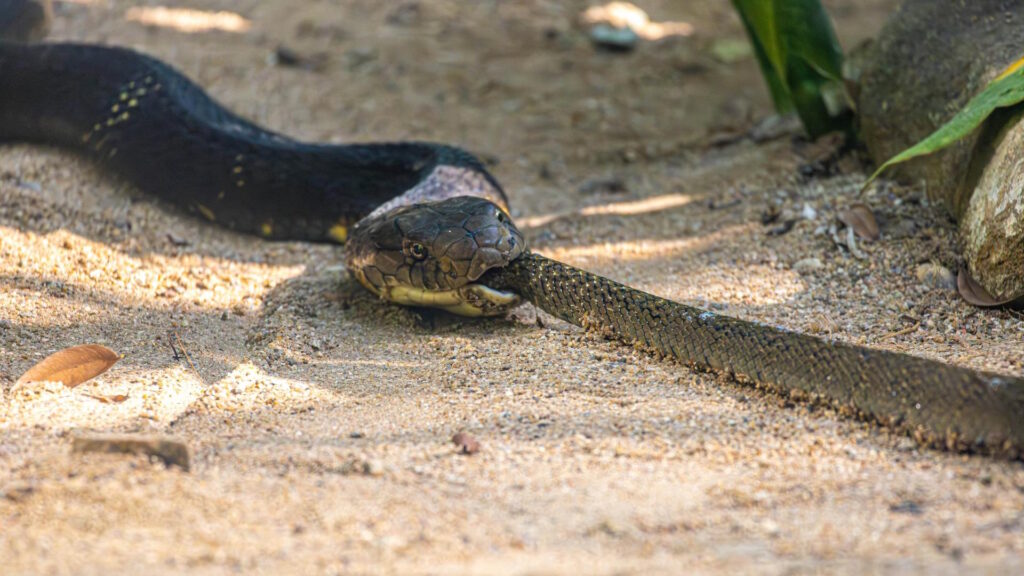
Many highly venomous snakes have evolved specialized toxins targeted at their preferred prey species, demonstrating remarkable biochemical precision. The king cobra, which primarily hunts other snakes, possesses venom specifically optimized to affect reptilian nervous systems. Similarly, kraits have developed venoms particularly effective against other cold-blooded animals, showing that dietary specialization drives venom composition. Some vipers that prey on mammals like rodents have hemotoxic venoms that rapidly immobilize and begin digesting these warm-blooded prey items. This specialized targeting explains why some snake venoms prove devastatingly effective against certain animals while being relatively less toxic to others—each venom reflects millions of years of co-evolution with specific prey types.
Geographic Variation in Venom Potency
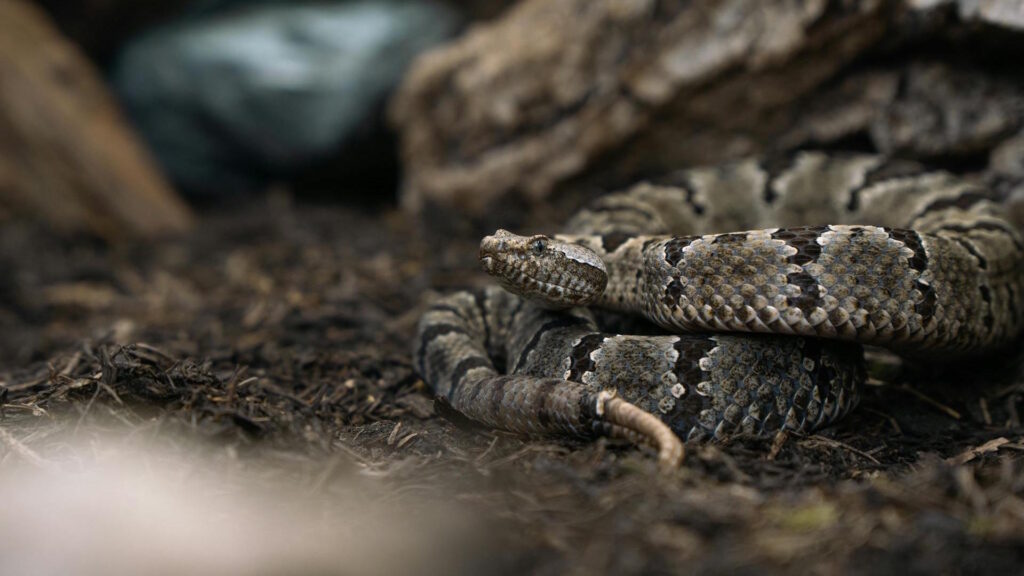
Even within a single snake species, venom composition and toxicity can vary dramatically based on geographic location, creating what scientists call “venom metatypes.” Eastern diamondback rattlesnakes from different regions of the southern United States show significant variation in their venom composition and effects. The tiger snake populations across Australia demonstrate remarkable variation in venom potency depending on their island or mainland habitats. Climate, available prey, and local evolutionary pressures all contribute to these regional differences in venom characteristics. This geographic variation creates challenges for antivenin development and medical treatment, as bites from nominally the same species may require different therapeutic approaches depending on where the bite occurred.
Delivery Systems and Envenomation Efficiency

A snake’s fangs and venom delivery system significantly influence its effective toxicity, regardless of the venom’s inherent potency. Advanced front-fanged snakes like cobras and vipers possess sophisticated hollow fangs that efficiently inject venom deep into tissue, maximizing its effect. In contrast, rear-fanged snakes such as boomslangs must chew to deliver their venom, making envenomation less reliable despite having extremely potent venom. Some species, like the king cobra, can deliver massive venom volumes exceeding 7ml in a single bite—enough to kill several adult humans. The mechanical efficiency of venom delivery thus acts as a crucial multiplier of biochemical toxicity, explaining why some snakes with moderately potent venoms still rank among the most dangerous.
Neurotoxic vs. Hemotoxic Venoms
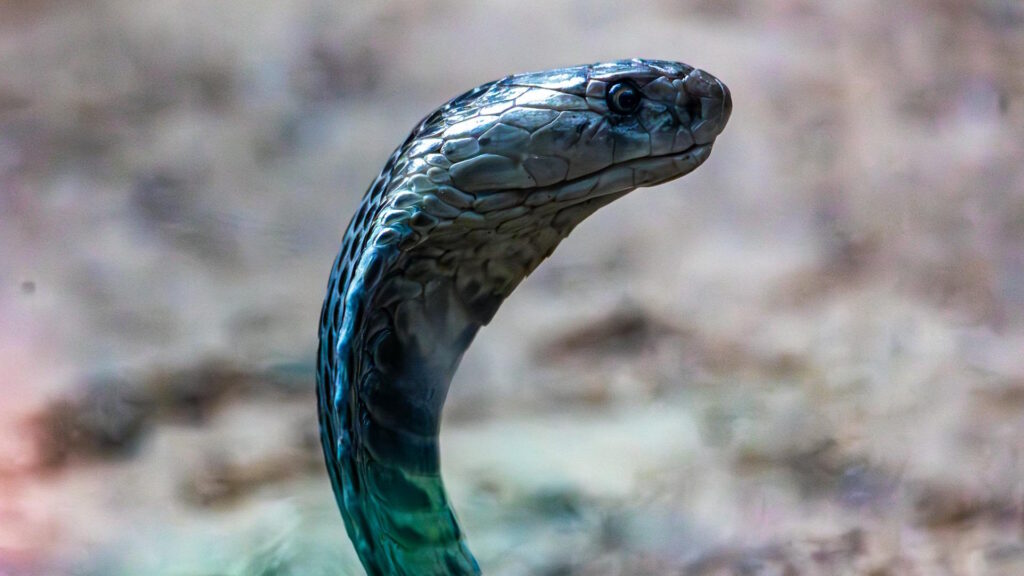
The primary action mechanism of a snake’s venom significantly influences both its lethality and the medical challenges it presents. Neurotoxic venoms, predominant in elapids like cobras, mambas, and sea snakes, attack the nervous system, causing paralysis that can rapidly affect breathing and heart function. Hemotoxic venoms, common in vipers, destroy blood cells and tissues, causing hemorrhaging, tissue death, and potentially permanent damage to affected limbs. Some particularly dangerous species like the eastern brown snake possess combination venoms with both neurotoxic and hemotoxic components, creating multiple simultaneous threats to victims. The distinct action mechanisms explain why bites from different species require specialized medical approaches—anti-neurotoxic treatments offer little benefit against hemotoxic envenomation.
Defensive vs. Predatory Venom Use

The dual purpose of snake venom—predation and defense—has influenced the evolution of venom potency and delivery in fascinating ways. Many highly venomous species have developed the ability to control venom expenditure, delivering “dry bites” when merely defending themselves while reserving full venom injection for prey capture. Spitting cobras have evolved modified fangs that can spray venom at potential threats, specifically targeting the eyes with neurotoxic components that cause intense pain without requiring direct envenomation. Some vipers deliver different venom compositions depending on the perceived threat level, showing sophisticated venom deployment strategies. These adaptations reflect the metabolic cost of producing venom, incentivizing snakes to use this precious resource strategically rather than wastefully.
The World’s Most Toxic Snake Species

The inland taipan of Australia holds the title of the world’s most venomous terrestrial snake, with venom estimated to be 100 times more toxic than that of a common cobra. The blue-ringed octopus, though not a snake, contains tetrodotoxin powerful enough to kill 26 adult humans within minutes, demonstrating convergent evolution of neurotoxins across different animal groups. Among sea snakes, the beaked sea snake possesses venom potentially more toxic than any land snake, though human fatalities remain relatively rare due to their docile nature and underwater habitat. Despite these impressive toxicity statistics, it’s important to note that the “most dangerous” snake is not necessarily the most toxic—factors like aggression, proximity to human populations, and habitat overlap often make moderately venomous species like the saw-scaled viper responsible for more human deaths globally than their more toxic counterparts.
Venom Resistance and Immunity

The evolutionary arms race between venomous snakes and their prey has led to fascinating cases of venom resistance in certain animals. Opossums produce a serum protein that neutralizes pit viper venom, making them nearly immune to rattlesnake bites. Mongooses have evolved modified acetylcholine receptors that prevent cobra neurotoxins from binding effectively, allowing these small mammals to successfully hunt and kill venomous snakes. Some snake species have even developed resistance to the venom of other snakes, particularly important for ophiophagous (snake-eating) species like king cobras and king snakes. These natural immunity mechanisms have inspired medical researchers studying potential new approaches to antivenin development and may eventually lead to improved treatments for snakebite victims.
Medical Significance and Antivenom Development
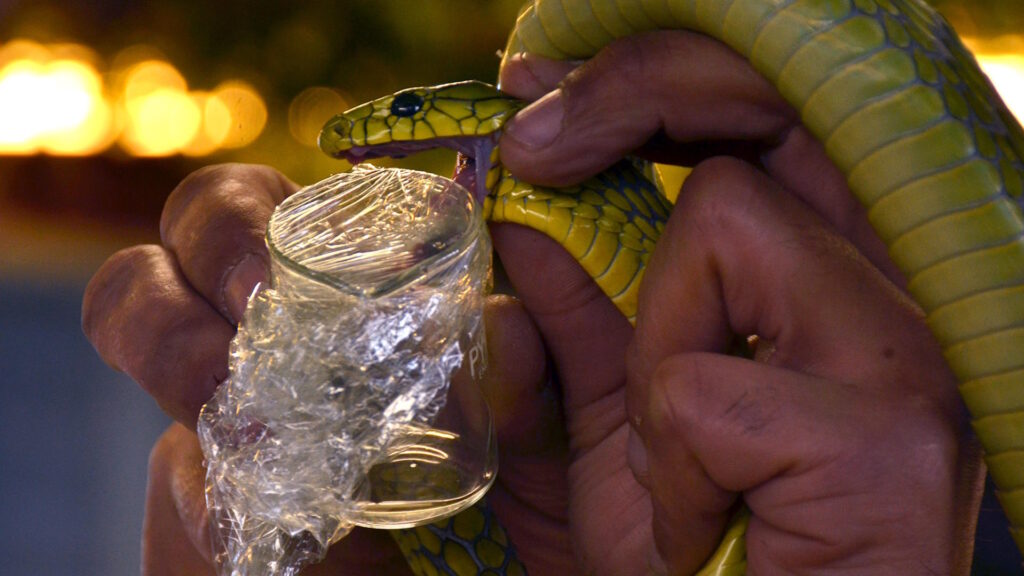
Snake venom’s variable toxicity presents significant challenges for medical treatment and antivenom production worldwide. Antivenoms must be specific to the snake species involved, requiring accurate identification of the snake responsible for a bite—often difficult in emergency situations. The World Health Organization now recognizes snakebite envenomation as a neglected tropical disease, affecting approximately 5.4 million people annually and causing up to 138,000 deaths. Modern antivenom production involves immunizing horses or sheep with increasing doses of specific venoms, then harvesting and purifying the antibodies they produce in response. Research into universal antivenoms that could neutralize multiple venom types represents one of the most promising frontiers in toxinology, potentially revolutionizing snakebite treatment in regions where species identification is challenging.
Pharmaceutical Applications of Snake Venoms
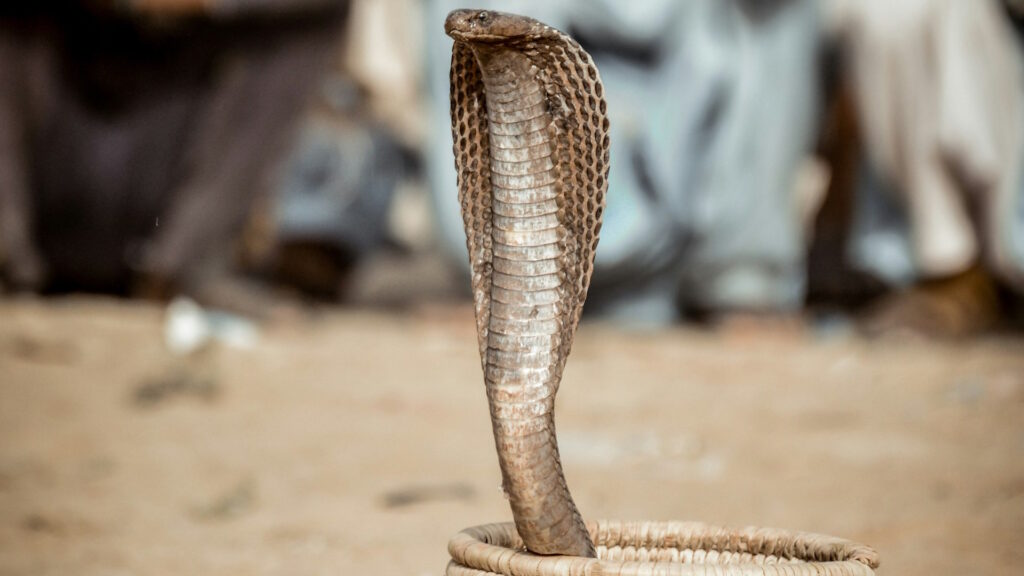
Image by asad via Unsplash
The same toxic properties that make snake venoms dangerous have paradoxically led to valuable medical applications, with venom components being developed into life-saving medications. Captopril, one of the first ACE inhibitors used to treat hypertension, was developed based on peptides found in the venom of the Brazilian jararaca pit viper. Compounds derived from cobra venom have demonstrated potential as pain relievers potentially more powerful than morphine without the same addiction risk. Research into taipan venom has yielded promising anticoagulants for treating blood clots and strokes with greater specificity than existing medications. These medical applications highlight the pharmaceutical treasure trove that exists within the complex biochemistry of snake venoms, turning these toxic substances into valuable medical resources.
Conservation Implications of Venomous Snake Diversity
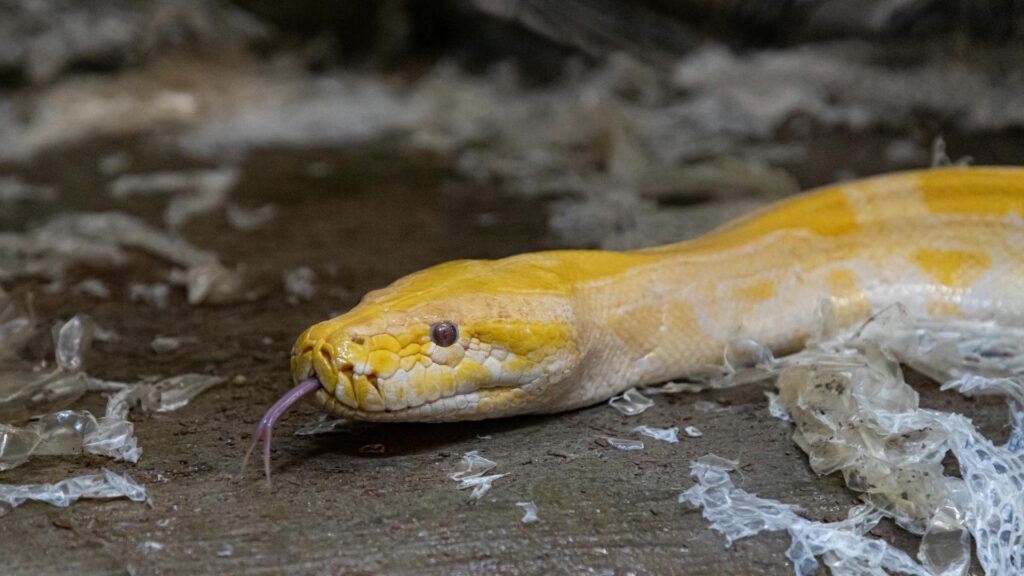
The unique biochemical properties of different snake venoms represent irreplaceable biological resources with both known and yet-undiscovered potential benefits to humanity. Habitat destruction, climate change, and direct persecution threaten many venomous snake species, potentially eliminating valuable compounds before they can be studied. Sustainable venom harvesting programs in countries like Costa Rica and Australia demonstrate how conservation and medical research can work together, providing economic incentives to protect snake populations. Each snake species possesses a unique venom formulation that represents millions of years of evolutionary refinement—a biochemical library that disappears forever when a species goes extinct. This perspective frames venomous snake conservation not merely as environmental protection but as preservation of biological resources with direct human benefit.
Conclusion
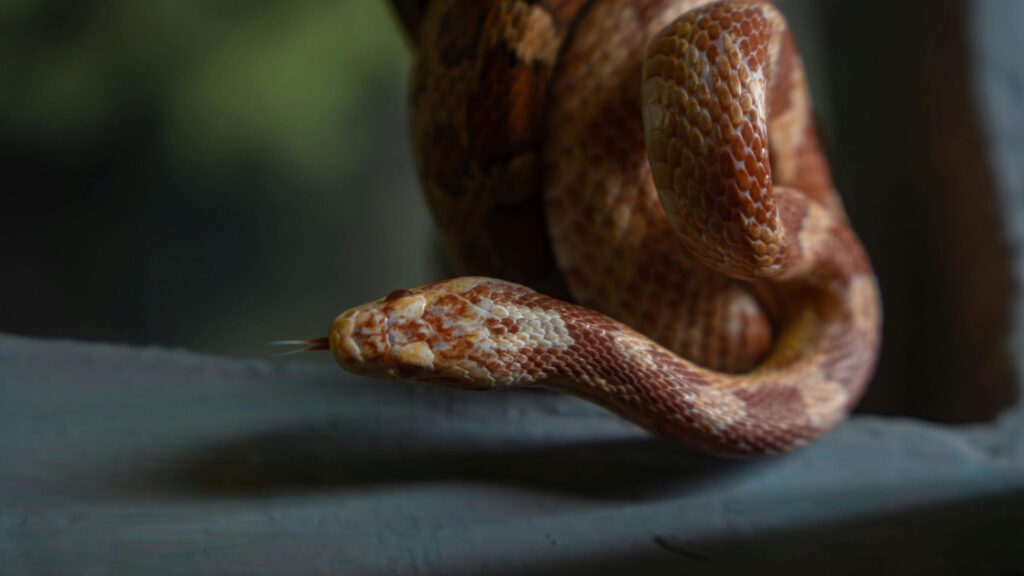
The remarkable variation in toxicity among venomous snakes reveals nature’s biochemical ingenuity at work. From the molecular composition of specific toxins to the mechanical efficiency of delivery systems, every aspect of venom production reflects precise evolutionary adaptations to specific ecological challenges. This diversity serves as a reminder that toxicity exists on a spectrum rather than as a binary quality, with each species occupying a unique position shaped by its evolutionary history, prey relationships, and habitat. Beyond their fearsome reputation, venomous snakes and their biochemical arsenals represent one of nature’s most sophisticated examples of adaptive evolution. Their study continues to yield insights valuable not only to biologists but also to medical researchers seeking new treatments for human diseases. In understanding why certain snakes evolved such extraordinary toxicity, we gain appreciation for the complex interplay between predator and prey that shapes all life on Earth.

